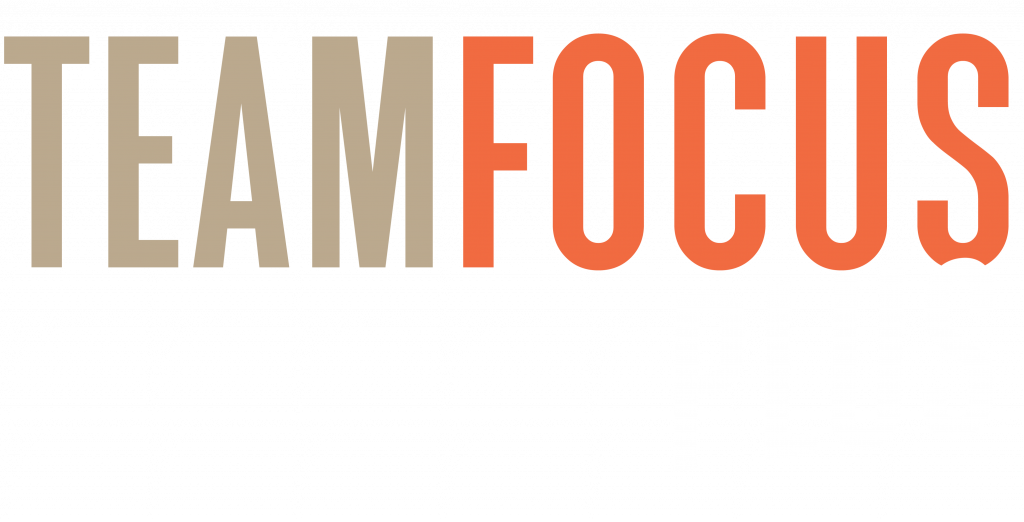I was recently flipping through Foxtel and stumbled upon a Disney version of The Three Musketeers. Despite some corny moments and less-than-stellar acting, one phrase stood out: “All for one and one for all.” This simple motto was repeated by the group as a clear expression of their shared identity — their culture.
This got me reflecting on the importance of naming organisational culture. Imagine being part of a team so unified in their corporate culture identity that they can easily communicate it through a powerful phrase. How does that clarity affect your sense of belonging and motivation? Every time you hear it, the culture is reinforced, expectations are clear, and connection deepens.
Why Naming Your Culture Matters
In Australia’s dynamic workplaces, culture communication is critical. You can’t shape what you don’t name. To define your culture clearly is to open a constant conversation where everyone understands not only what the organisation stands for but how they contribute to it.
Over the years, I’ve worked with many Aussie organisations to sharpen their corporate culture identity through clear and simple expressions. Some have chosen words like “Professional,” “Supportive,” “Customer Focused,” or “Achievement” — all reflecting their unique values and behavioural expectations.
Culture Clarity Tips for Aussie Organisations
Choose a clear, memorable culture name: One or two words that everyone can rally around and repeat, just like a brand slogan.
Make it meaningful: The chosen phrase should resonate with your people and reflect your organisation’s purpose and behaviours.
Embed it in communication: Use your culture name consistently in team meetings, onboarding, performance reviews, and internal branding.
Encourage ongoing conversation: Naming culture is just the start — keep the dialogue alive to make culture real and vibrant.
Culture Branding Techniques to Align Your Team
Culture is your organisation’s invisible brand — it shapes how employees behave and how customers experience your business. Australian workplaces that invest in culture branding techniques aligned with a named culture see stronger engagement and clearer internal alignment.
If you want to build an authentic and connected Aussie organisational culture, start by naming it. As the musketeers remind us, a simple, powerful statement like “All for one and one for all” can unite, inspire, and drive your people to perform together.





